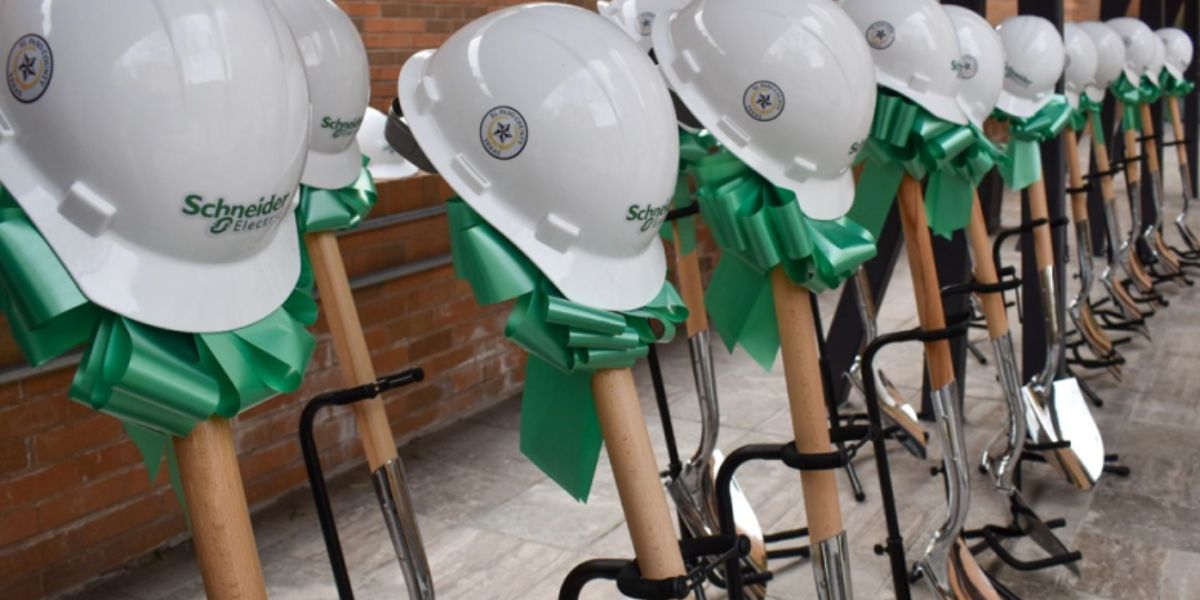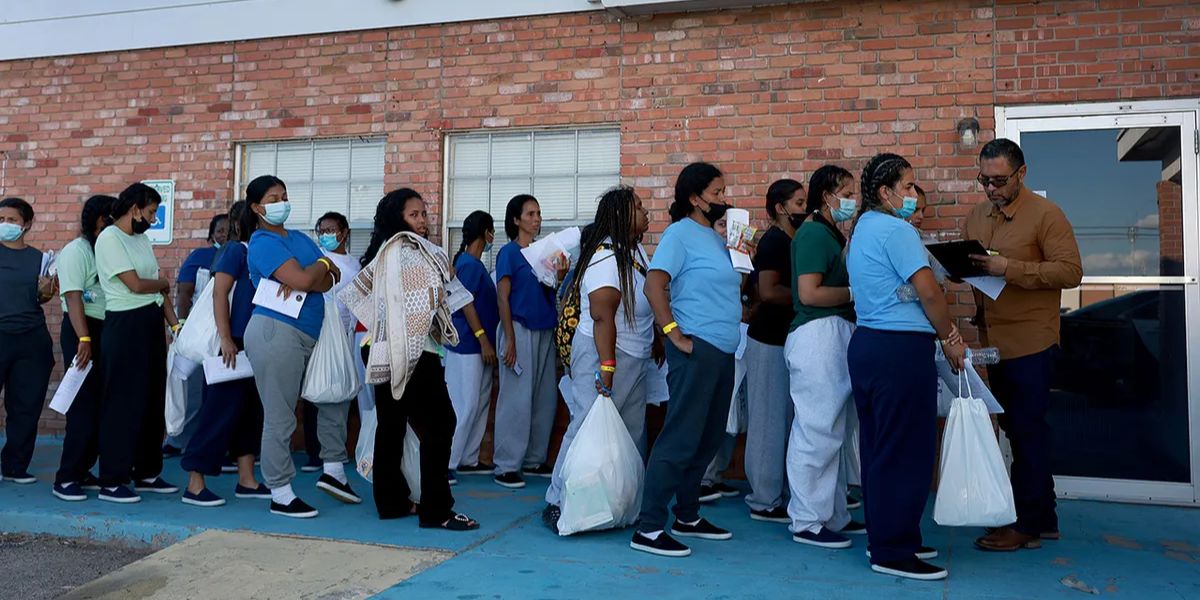El Paso, TX – Whether at home, in the workplace, or out in the community, moments of high emotion can appear suddenly — a heated argument, a misunderstanding, or a public disagreement. How you respond in those critical seconds determines whether the situation escalates or de-escalates. In El Paso, community mediators, counselors, and first responders are increasingly teaching residents that staying calm under pressure isn’t instinct — it’s a skill that can be learned, practiced, and applied anywhere.
Understanding What Triggers Escalation
When emotions run high, the brain’s natural response is to react, not reason. The body floods with adrenaline and cortisol — stress hormones that prepare you to fight, flee, or freeze. In these moments, communication breaks down, and even minor disagreements can feel threatening.
Table of Contents
As Daniela Ramos, a certified mediator and violence prevention strategist based in El Paso, explains:
“Escalation isn’t just about anger — it’s about fear, frustration, and unmet needs. The key to preventing conflict is learning to recognize emotional triggers early and respond thoughtfully instead of impulsively.”
Recognizing your own emotional cues — tightening shoulders, rapid breathing, raised voice — can help you pause before reacting. The same awareness applies when reading others: noticing tone, body language, or pacing allows you to intervene before emotions boil over.
The Power of the Pause
The first step in managing a high-emotion situation is deceptively simple: pause. Taking even a few seconds to breathe and assess can shift the tone of an entire conversation.
Trained mediators often recommend:
- Grounding breaths: Inhale for four seconds, exhale for six.
- Neutral body posture: Keep hands visible and avoid crossing arms.
- Soft tone: Lowering your voice often encourages others to do the same.
These small adjustments signal calm and safety, allowing both parties to re-engage rationally. “The goal isn’t to win,” Ramos says. “It’s to keep communication open long enough to find understanding.”
Listening as a De-escalation Tool
Active listening is one of the most effective ways to reduce tension. When people feel heard, their emotional intensity naturally decreases.
In El Paso’s community mediation workshops, participants learn how to reflect what others say — for example, using phrases like, “I understand this is really important to you,” or “It sounds like you’re feeling frustrated about what happened.” This validates emotion without agreeing or taking sides.
“Validation doesn’t mean approval,” Ramos explains. “It means acknowledging another person’s reality. That’s what helps anger dissolve into dialogue.”
Listening attentively — without interrupting or jumping to conclusions — also gives time for emotional energy to settle, paving the way for cooperation.
Choosing Words That Defuse, Not Divide
Language has immense power in moments of tension. Aggressive words (“You always…” or “You never…”) tend to raise defenses, while collaborative ones (“Let’s figure this out” or “I want to understand”) invite problem-solving.
Experts in conflict resolution encourage the use of “I-statements” rather than accusations. Saying “I feel concerned when…” communicates impact without blame. This subtle shift changes the emotional temperature of a conversation.
El Paso schools, workplaces, and law enforcement agencies have incorporated this approach into de-escalation training, with measurable success. Participants report fewer confrontations, improved relationships, and greater trust in community interactions.
Managing Group Tension in Public or Family Settings
In public or family settings, high emotions often spread quickly. A single heated remark can trigger group frustration. To prevent this “emotional contagion,” experts recommend a few key practices:
- Acknowledge emotions openly: “I can tell this is upsetting for everyone.”
- Set boundaries gently: “Let’s take a moment before continuing.”
- Refocus on shared goals: “We all want this to be resolved peacefully.”
At El Paso’s Family Resilience Center, these principles are taught to parents and caregivers as part of conflict resolution classes. By modeling calm communication, adults show children how to handle disagreements respectfully — breaking generational cycles of reactive behavior.
The Role of Empathy and Curiosity
Empathy isn’t about taking sides; it’s about staying curious. Asking “Can you help me understand what you need right now?” turns tension into collaboration. When people sense genuine curiosity, they’re more likely to lower defenses.
Ramos often reminds trainees that “Empathy is the fastest way to disarm conflict.” In community settings, empathy builds bridges between people who might otherwise stand divided — whether over neighborhood disputes, political differences, or personal misunderstandings.
When to Step Back
Sometimes, the best de-escalation strategy is knowing when to disengage. If a situation becomes unsafe or one party refuses to communicate respectfully, stepping away and revisiting the discussion later can prevent harm.
In El Paso’s violence prevention training programs, participants learn safety-first strategies like creating physical space, signaling for assistance, or using calming body language to de-escalate potentially volatile interactions.
Turning Calm into a Habit
Handling high-emotion situations gets easier with practice. Many El Paso organizations now offer community workshops that combine mindfulness, communication training, and role-play exercises to help residents manage conflict more effectively.
These programs reinforce one essential message: calm is contagious. When one person stays centered, it helps others regulate too — reducing the chance of escalation and paving the way for resolution.
“We can’t control how others act,” Ramos says, “but we can control how we respond. And sometimes, that calm response is what changes everything.”
What do you think?
How do you keep your cool when emotions run high? Share your techniques or stories in the comments below and explore more conflict resolution resources at reachviolenceprevention.org.









